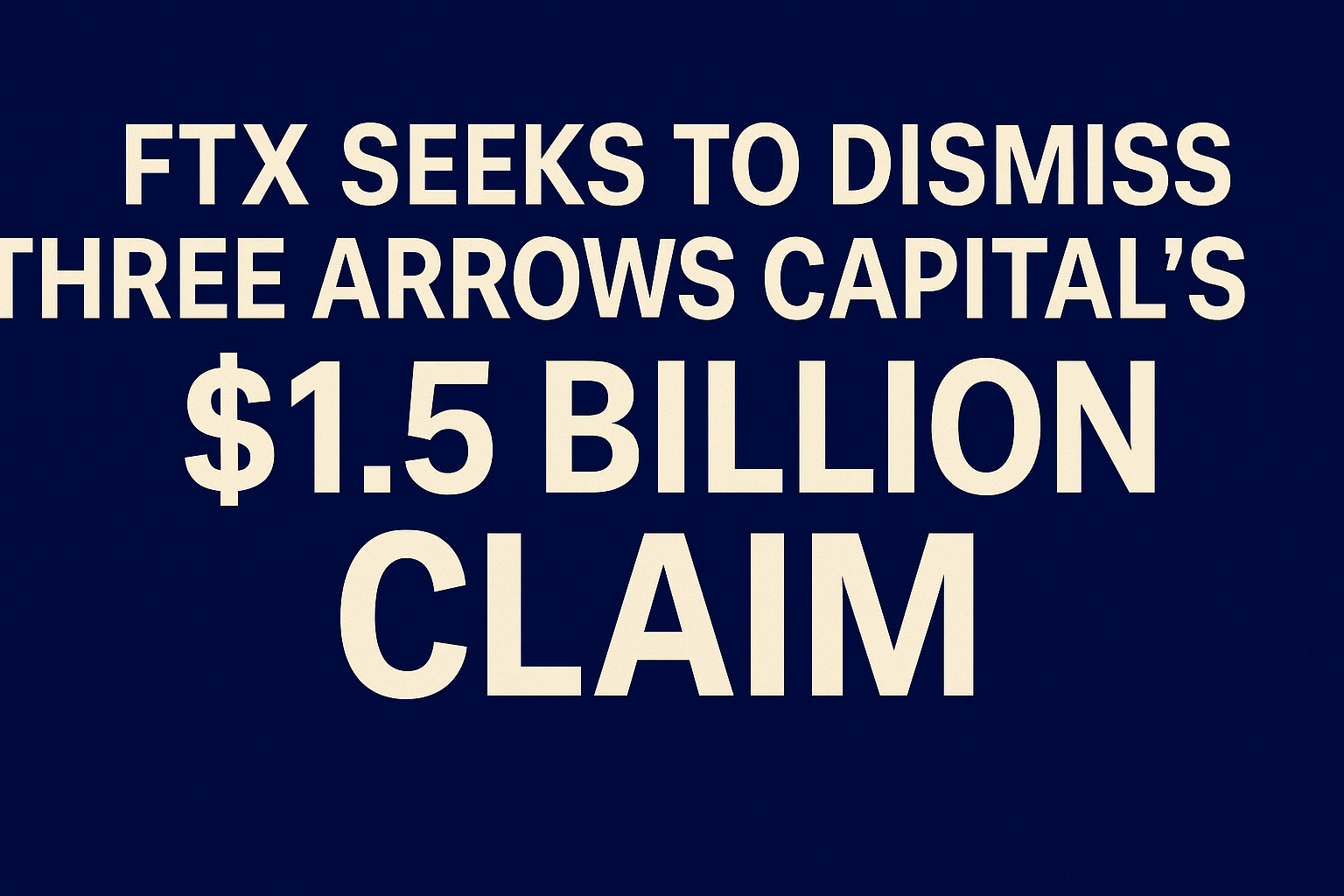In the ongoing legal fallout from the collapse of multiple crypto giants, the estate of bankrupt exchange FTX has formally objected to a $1.53 billion claim submitted by Three Arrows Capital (3AC), calling it “unsubstantiated” and “legally baseless.”
This legal confrontation could significantly influence how creditor claims are evaluated and prioritized in future crypto insolvencies.
🧾 The Core of the Dispute
- 3AC originally filed a $120 million claim, later increasing it to $1.53 billion.
- The expanded claim alleges that FTX held and misused assets belonging to 3AC during the chaotic collapse of both firms.
- FTX disputes the valuation, citing incomplete records, leveraged positions, and offsetting debts.
🔍 FTX’s Key Arguments
- Overstated Account Value
FTX claims 3AC’s account never exceeded $284 million net, factoring in significant margin debt — not the $1.6 billion 3AC reported. - Permissible Liquidations
Only $82 million of 3AC’s assets were liquidated — under terms allowed by 3AC’s own margin agreement. FTX says this was necessary to prevent wider losses. - Lack of Causal Link
FTX argues that any losses incurred by 3AC stem from its own high-risk trading and exposure to the broader 2022 crypto crash — not from FTX’s actions or mismanagement.
⚖️ Legal Implications
- If FTX succeeds in having the claim dismissed, 3AC may receive only a standard payout as an unsecured creditor.
- If the claim is accepted in full, it could dramatically reduce recovery rates for other creditors in the FTX case — many of whom are retail users.
The court has scheduled the next procedural hearing for August 12, with a required response from 3AC by July 11.
🧠 RateEx42 Takeaways
| Risk Factor | Analysis |
|---|---|
| Legal Precedent | A ruling in favor of 3AC could open the door for other large-scale, last-minute claims in future insolvencies. |
| Creditor Strategy | Creditors and investors must now account for retroactive claims as a dilution risk. |
| Transparency Failures | Both firms’ opacity highlights the systemic risk of margin trading without auditable reserve data. |
| Protocol Design Impact | Future DeFi and CeFi platforms will likely adopt on-chain proofs of debt, margin, and solvency to preempt such legal ambiguity. |
🧮 Final Thought
This case is about more than two fallen giants — it’s about who pays the price when leverage, opacity, and market collapse collide. As crypto matures, courts are becoming the battleground for reputations, recoveries, and precedent.
Expect more battles like this — and in the future, smarter systems designed to prevent them altogether.



